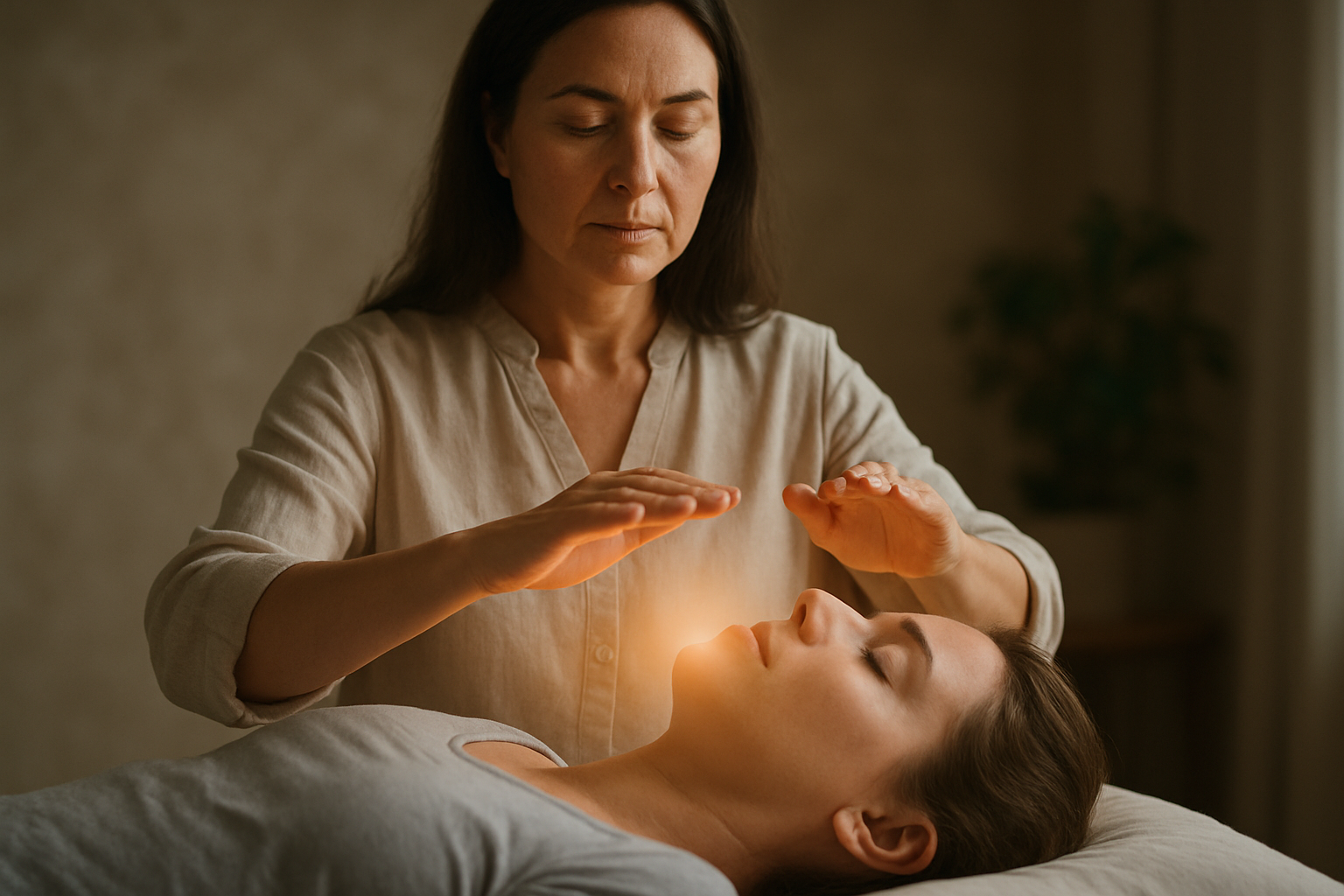Chromotherapy: Harnessing the Healing Power of Color
In a world where wellness trends come and go, one ancient practice is experiencing a vibrant renaissance in the beauty and fitness industry. Chromotherapy, also known as color therapy, is emerging as a powerful tool for holistic healing and self-care. This centuries-old technique harnesses the energy of different colors to promote physical, emotional, and mental well-being. As more people seek natural, non-invasive methods to enhance their health and appearance, chromotherapy is gaining traction in spas, wellness centers, and even home care routines. From its historical roots to its modern applications, this colorful approach to wellness is painting a new picture of what it means to live a balanced, harmonious life.

During the Islamic Golden Age, the renowned physician Avicenna expanded on Greek and Roman theories of color healing in his seminal work, “The Canon of Medicine.” He proposed that color could not only diagnose illness but also treat it, laying the groundwork for future developments in chromotherapy.
The Science Behind the Spectrum
While skeptics may dismiss chromotherapy as pseudoscience, recent research has begun to uncover the physiological effects of color on the human body. Studies have shown that different wavelengths of light can influence various biological processes, including hormone production, circadian rhythms, and even cellular function.
For instance, exposure to blue light has been found to suppress melatonin production, affecting sleep patterns. This discovery has led to the development of blue light-blocking glasses and screen filters to improve sleep quality. On the other hand, red light therapy has gained attention for its potential to stimulate collagen production and reduce inflammation, making it a popular treatment in skincare and pain management.
Chromotherapy in Modern Wellness Practices
Today, chromotherapy is finding its way into a wide range of wellness applications. Spas and wellness centers are incorporating color-based treatments into their offerings, using specially designed light panels or colored glass to create immersive, healing environments.
In the realm of fitness, some innovative gyms are experimenting with colored lighting in their workout spaces. The theory is that different colors can enhance various aspects of physical performance. For example, red lighting might increase energy and stimulate muscle activation, while blue could promote focus and endurance during longer workouts.
The Palette of Beauty: Chromotherapy in Skincare
The beauty industry has been quick to embrace the potential of chromotherapy, integrating color-based treatments into skincare routines and products. LED light therapy masks have become increasingly popular, offering at-home treatments that claim to address various skin concerns using different colored lights.
Green light is often used to target hyperpigmentation and even out skin tone, while yellow light is believed to reduce redness and promote lymphatic drainage. Blue light’s antibacterial properties make it a go-to for acne treatments, and red light’s collagen-boosting potential has made it a favorite for anti-aging regimens.
Some skincare brands are taking chromotherapy a step further by infusing their products with color-charged crystals or using packaging designed to harness specific light frequencies. While the efficacy of these methods is still debated, they speak to a growing interest in holistic, multisensory approaches to beauty and self-care.
The Emotional Spectrum: Color Psychology in Wellness
Beyond its physical applications, chromotherapy taps into the psychological impact of color on mood and emotional well-being. Color psychology has long been used in marketing and design, but its principles are now being applied more deliberately in wellness spaces.
Meditation apps and mindfulness programs are incorporating color visualizations to enhance relaxation and focus. Some therapists are experimenting with color-based interventions for mood disorders, using specific hues to evoke calm, energize, or uplift their clients.
In the home, the principles of chromotherapy are influencing interior design choices. Wellness-focused homeowners are creating color-themed rooms or using smart lighting systems to change the ambiance of their living spaces throughout the day, aligning with their emotional needs and circadian rhythms.
Challenges and Considerations in Chromotherapy
While the interest in chromotherapy is growing, it’s important to approach this practice with a balanced perspective. The lack of extensive, peer-reviewed research on many chromotherapy applications means that some claims should be viewed with caution. Additionally, individual responses to color can vary widely based on personal experiences, cultural backgrounds, and even genetic factors.
There’s also the risk of oversimplification. Color alone is unlikely to be a panacea for complex health issues, and it should be viewed as a complementary approach rather than a replacement for conventional medical treatments.
As chromotherapy gains popularity, there’s a need for standardization and regulation in the industry to ensure safe and effective practices. This includes establishing guidelines for light therapy devices and developing accredited training programs for practitioners.
The Future of Chromotherapy: A Vibrant Outlook
Despite these challenges, the future of chromotherapy in the beauty and fitness world looks bright. As technology advances, we can expect to see more sophisticated applications of color-based therapies. Virtual and augmented reality could offer immersive chromotherapy experiences, while wearable tech might provide personalized color recommendations based on real-time biofeedback.
The integration of chromotherapy with other wellness practices, such as sound healing or aromatherapy, could lead to more holistic, multisensory approaches to health and beauty. As research in fields like photobiomodulation (the use of light to heal and regenerate tissue) progresses, we may uncover new ways to harness the power of color for therapeutic purposes.
In conclusion, chromotherapy represents a fascinating convergence of ancient wisdom and modern science in the pursuit of wellness. As we continue to explore the complex relationships between light, color, and human health, this vibrant practice may well paint a new picture of what it means to live a balanced, beautiful life. Whether used in a high-tech spa treatment or as part of a simple home care routine, chromotherapy invites us to see wellness through a more colorful lens, reminding us that sometimes, the path to health and happiness is as simple as changing our perspective – or in this case, the color of our surroundings.





